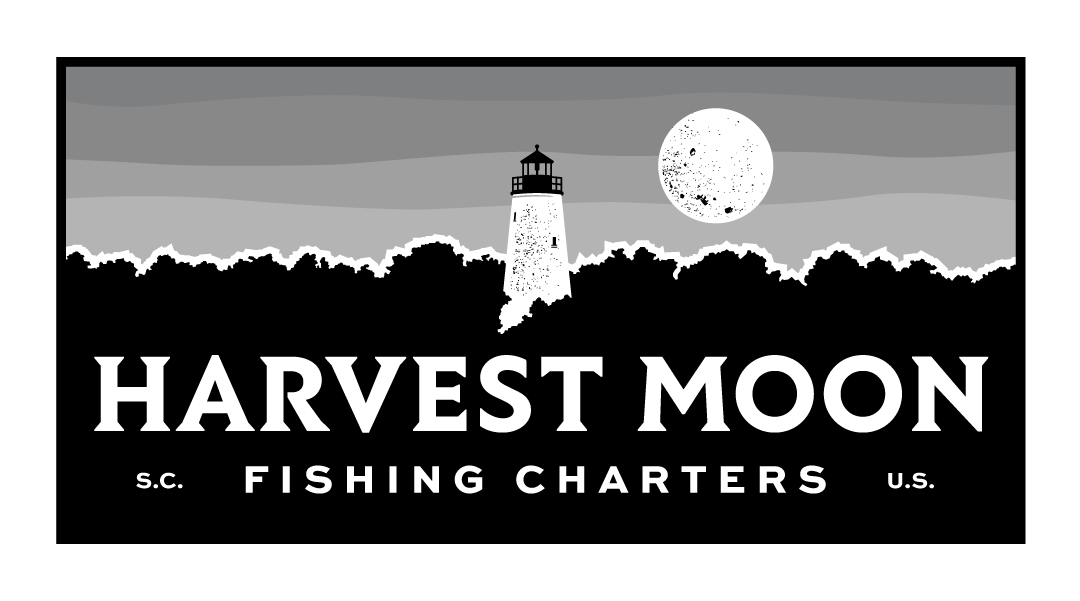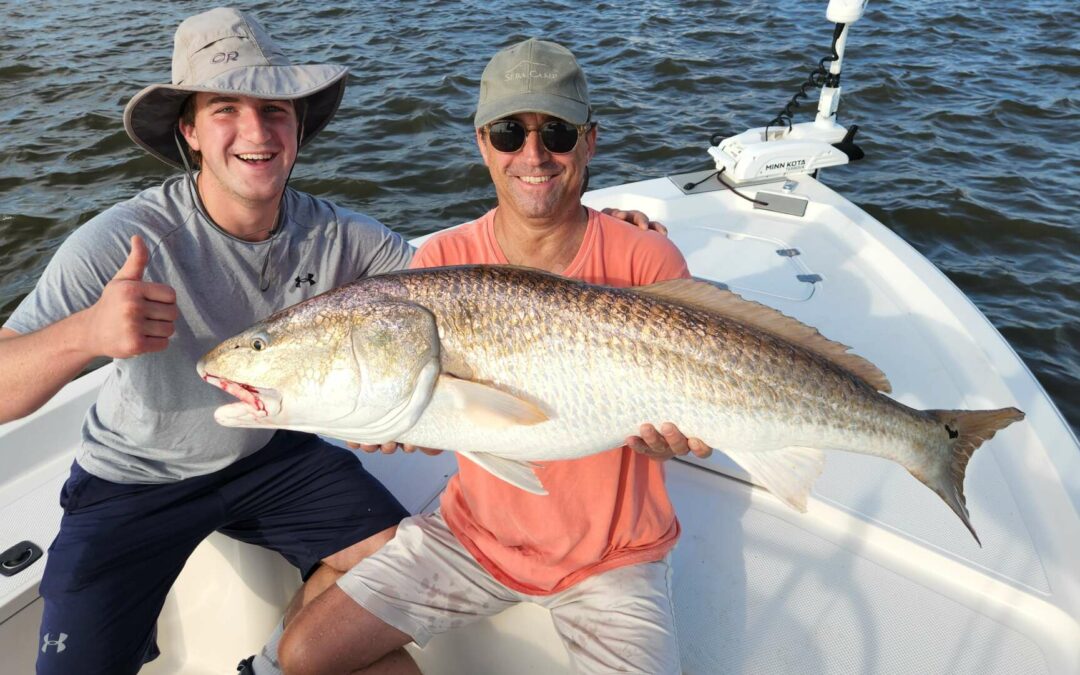Last Updated on November 9, 2023 by Capt. R.C.
The month of November sees a big change in the fishing pattern along the Grand Strand. The hot and humid weather of summer starts to fade, and the cooler temperatures and clear skies of autumn arrive.
This brings about a shift in fish behavior, as many species begin to migrate down the coast in preparation for winter. This makes November an excellent time for inshore fishing along the South Carolina coast.
Inshore fishermen can target a wide variety of fish, including striped bass, redfish, black drum, flounder, and speckled trout. With the right knowledge and gear, anyone can enjoy a successful day on the water during this month.
November Inshore Fishing
It’s hard to believe that November is already here. The leaves are changing colors, the days are getting shorter, and the weather is starting to cool down. But that doesn’t mean the fishing is slowing down! In fact, some of the best fishing of the year can be had in November. So if you’re looking for a great South Carolina fishing charter experience, now is the time to book your trip!
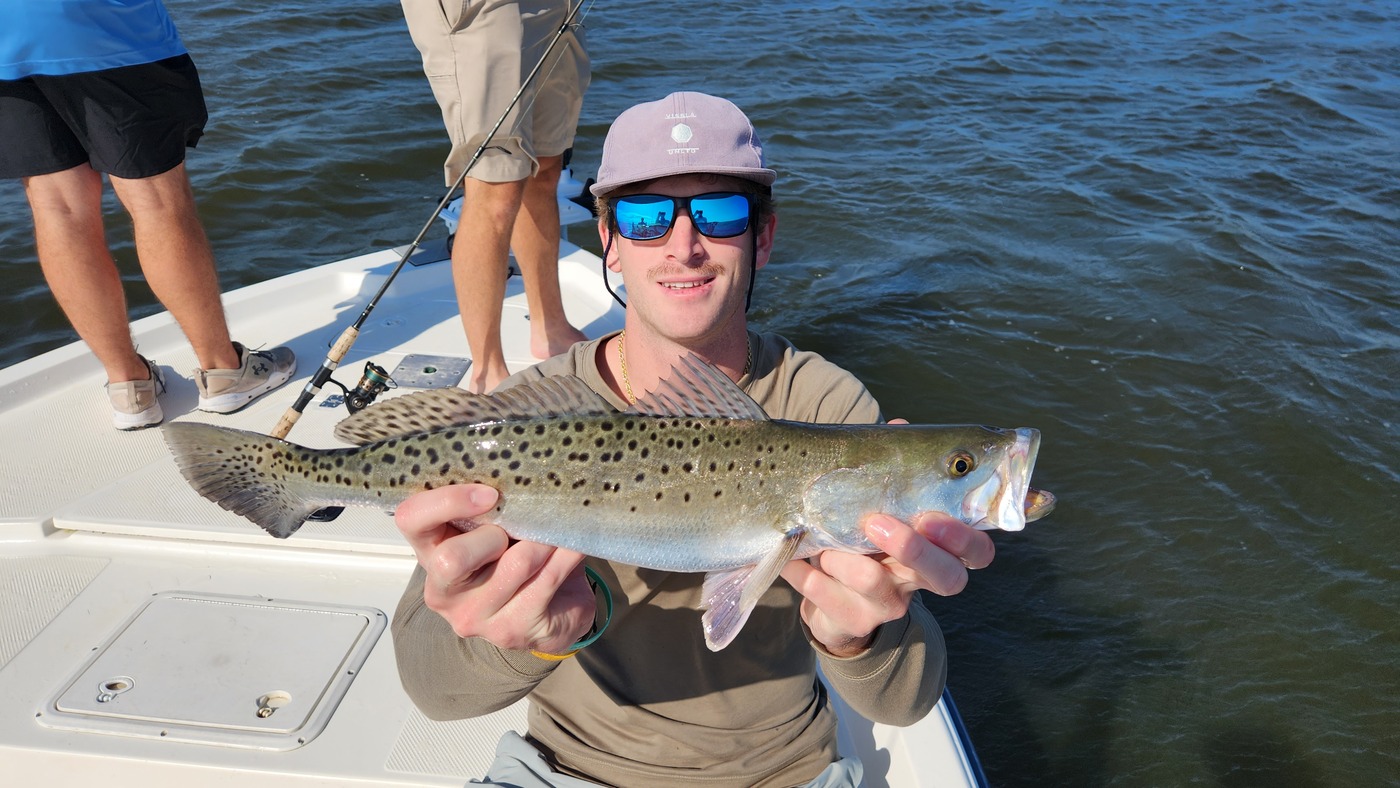
The Grand Strand offers some terrific inshore fishing opportunities in November. Redfish, black drum, speckled trout, flounder and more can all be caught this month. There are plenty of places to fish along the coast, so no matter where you are staying you should be able to find a spot that suits you.
The Best Areas Include:
Species To Target This November
As the weather cools in November, a variety of fish begin to move into the shallows in search of warmer water. Among them are redfish, black drum, flounder, and sheepshead.

Redfish
Redfish begin to move into inshore waters as the summer comes to an end, and this continues through mid-September to November. These fish are often found in large schools. This time of year is popular for fishing because many different types of fish are biting. The most common methods for catching fish are using live bait or lures.
If you’re looking to snag a trophy redfish, try your luck nearshore reefs, grass flats, and Winyah Bay backwaters. However, don’t forget to use durable tackle and line- since these fish put up quite the fight!
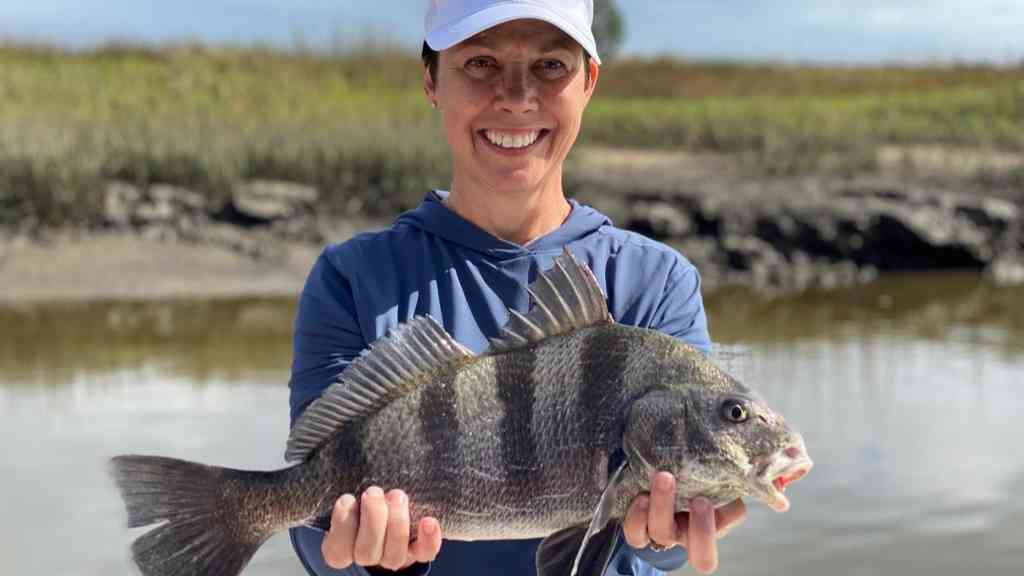
Black Drum
Black drum are a popular target for saltwater anglers. When targeting black drum, it is important to fish in areas where they are known to congregate, such as around oyster beds or near submerged structure. Black drum are opportunistic feeders and will eat a variety of baits, making them a fun fish to target.
Black drum have a strong sense of smell, so using bait that is fresh and has a strong scent is essential for success. Black drum can be found in large schools, so once you have hooked one fish it is likely that others will be close by.
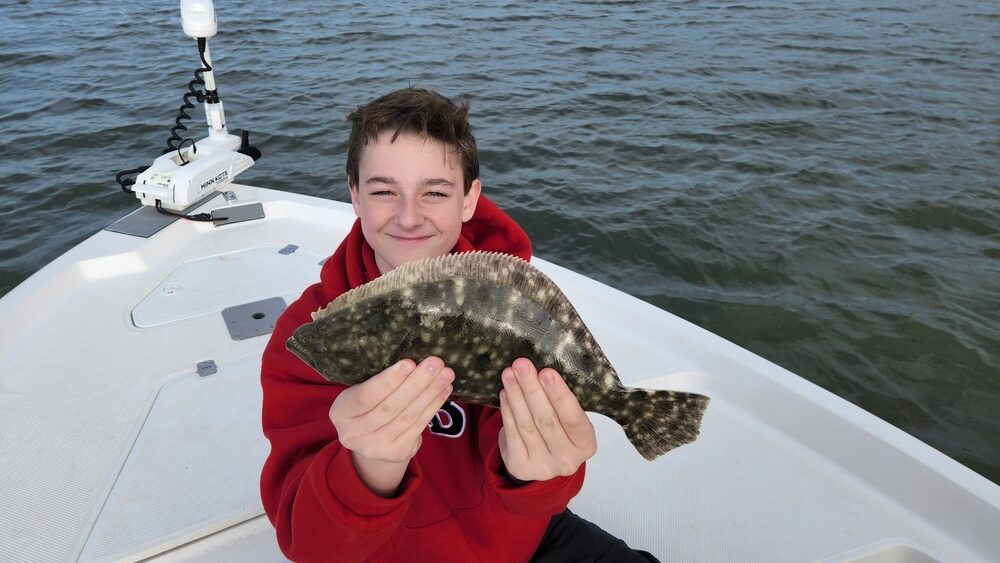
Flounder
Several different flounder types along the Grand Strand can be found in estuaries, rivers, and shallow coastal waters.
Anglers who fish for flounder use bottom rigs with live bait or lures that look like shrimp or small fish. Many fishermen prefer to fish for these types of fish during the spring and fall months because they are more active then.
Flounder can be cooked in various ways, but they are commonly fried, baked, or sauteed. When cooked correctly, flounder fillets should be tender and flaky. For an extra-crispy coating, some cooks prefer to dust the fillets in cornmeal before cooking. Whether you’re a seasoned fisherman or simply looking for a delicious seafood dinner, flounder are sure to please.

Sheepshead
When fishing for sheepshead, it is important to keep in mind that they prefer hard substrates such as oyster reefs, pilings, and rocky areas for cover and foraging. As a result, these are the types of areas where you are most likely to find them.
When fishing in these areas, it is often productive to use live bait such as shrimp or crabs. The hard substrates can also make for some challenging fishing conditions, so it is important to have the proper tackle. Depending on the type of substrate, it might be necessary to use a heavier weight or a specialized rig to keep your bait in place.
When fishing for sheepshead, it is important to use bait they are known to like, such as barnacles, crabs, and shrimp.
By fishing in the right areas and using the proper tackle, you can increase your chances of success when targeting sheepshead.
Keeping these things in mind will increase your chances of landing a sheepshead on your next fishing trip.
